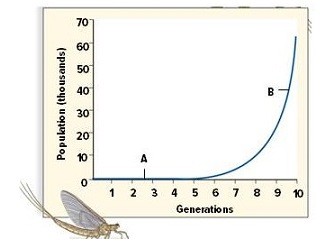Both animals and fungi are heterotrophic. What distinguishes animal heterotrophy from fungal heterotrophy is that most animals derive their nutrition by _____
A) preying on animals
B) ingesting it
C) consuming living, rather than dead, prey
D) using enzymes to digest their food
Answer: B
You might also like to view...
Which trait is characteristic of a K-selected species?
a. adapted to rapidly changing environments b. small body size c. short generation time d. provide substantial parental care to offspring e. single reproductive event
Which of the following is NOT a line of evidence that Kingdom Animalia is a monophyletic group?
a. The ribosomal RNA of animals is more similar to that of other animals than it is to any other form of life. b. Animals share unique similarities in their cell-to-cell junctions. c. All animals have the same genetic code. d. Animals share similarities in the molecules in their extracellular matrices. e. All animals have bilateral symmetry.
What is meant by the "beads on a string" model of chromatin?
A) The beads are the histones, and the string is the transcriptionally active DNA loops. B) The beads are the nucleosomes, and the string is the linker DNA. C) The beads are molecules of DNA polymerase that attach to the DNA string. D) The beads are ribosomes, and the string is the mRNA that has been transcribed from active chromatin. E) The beads are the heterochromatic regions that are tightly compacted, and the strings are euchromatic regions that are being actively transcribed.
Tell what type of growth model is depicted in the graph and describe the factors that must be met for a population to experience this type of growth. Identify the labeled phases, "A" and "B," and briefly explain what occurs during these phases.
What will be an ideal response?